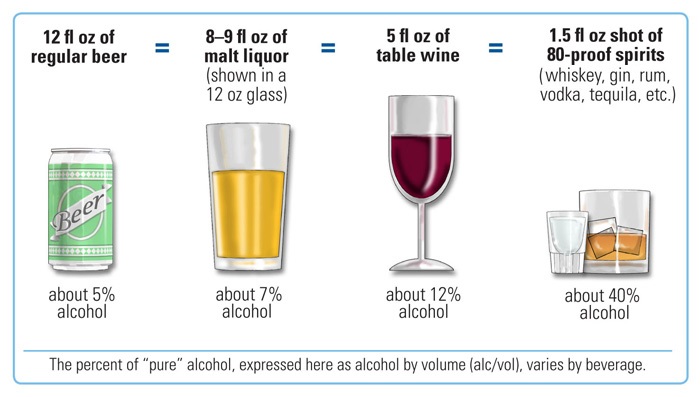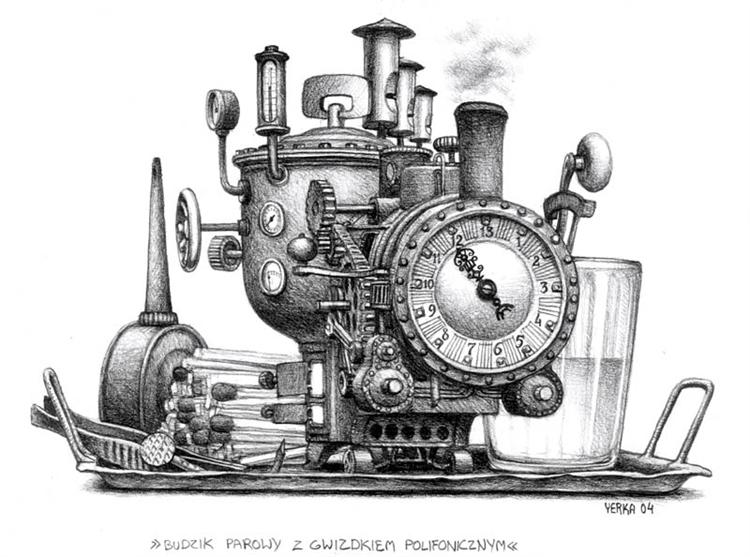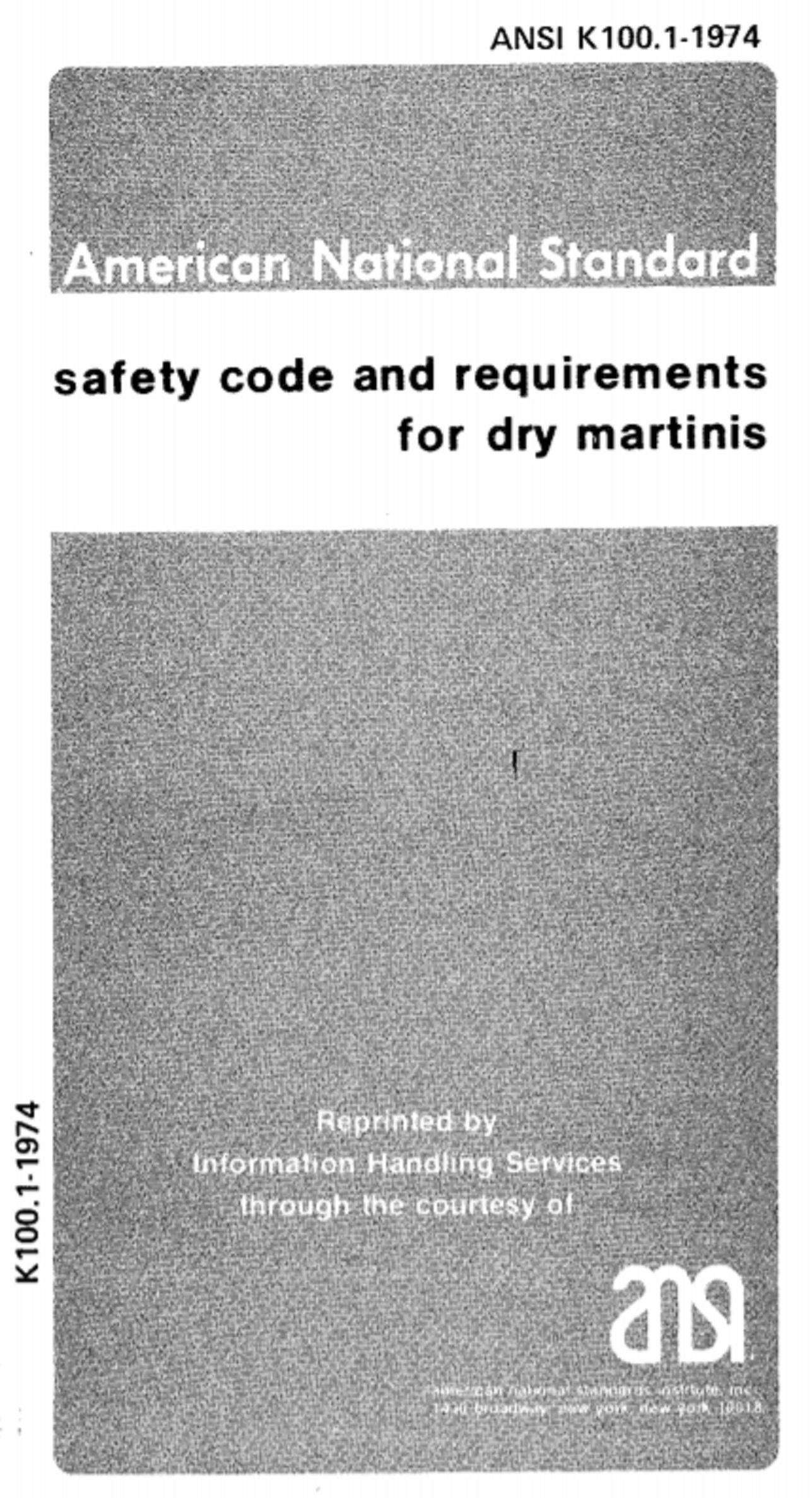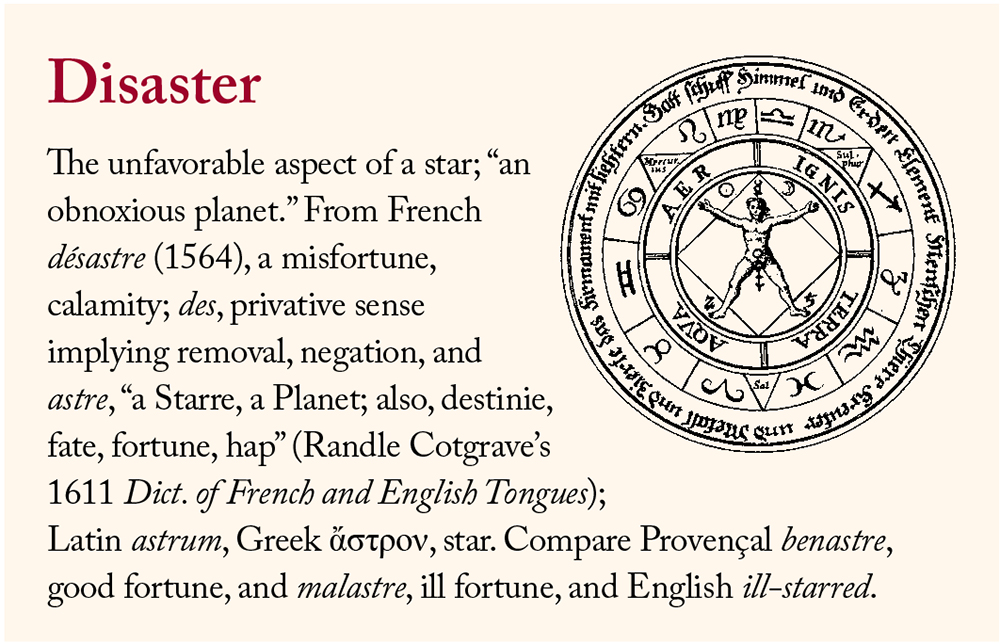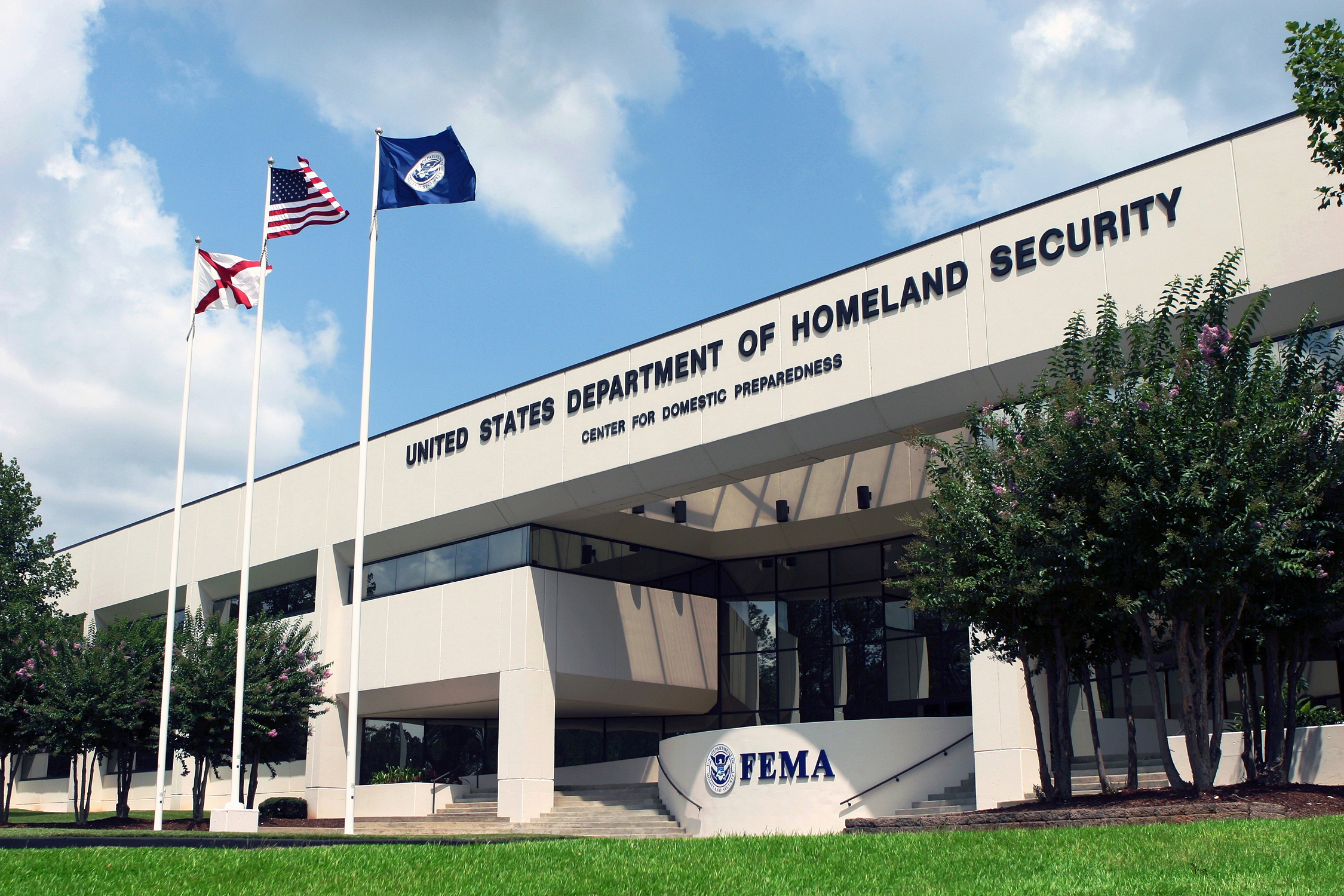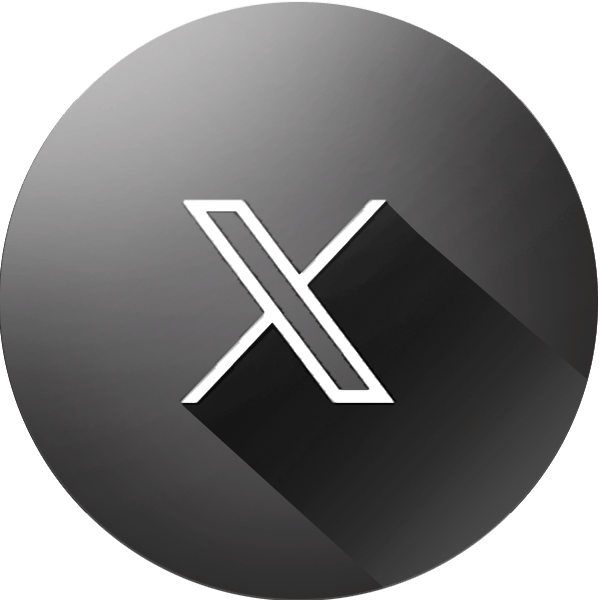“It’s a fine line between Saturday night
and Sunday morning” – Jimmy Buffett
“Rather a bottle in front of me
than a frontal lobotomy” — Some guy
Many people are surprised to learn what counts as a “drink”. The amount of liquid in your glass, can, or bottle does not necessarily match up to how much alcohol is actually in your drink. Even before the United States federal government withdrew from regulating alcohol, the conversation, and degree of agreement and attitude, remains remarkably regionally specific:
Missouri University of Science & Technology: What is a Standard Drink?
University of South Alabama: What is a Standard Drink?
Stanford University Office of Alcohol Policy and Education
Other nations serve alcohol to students on campus in university owned facilities.
I didn’t know that🤔 pic.twitter.com/rMT3X2fCN0
— Alix (@AlixG_2) August 17, 2024
— Dr. Maya C. Popa (@MayaCPopa) May 26, 2023
Casual reminder that Wisconsin has more bars than grocery stores pic.twitter.com/dG8YYRkoKd
— Midwest vs. Everybody (@midwestern_ope) March 30, 2025



